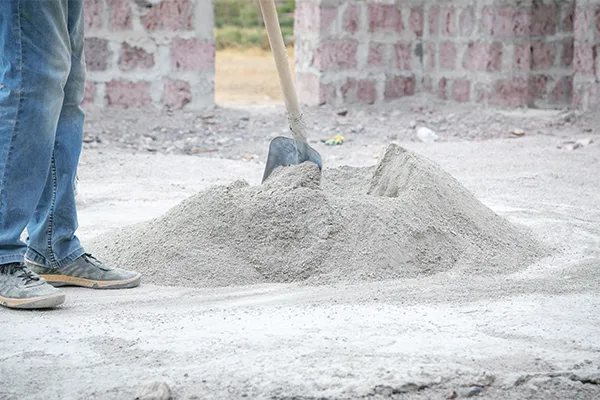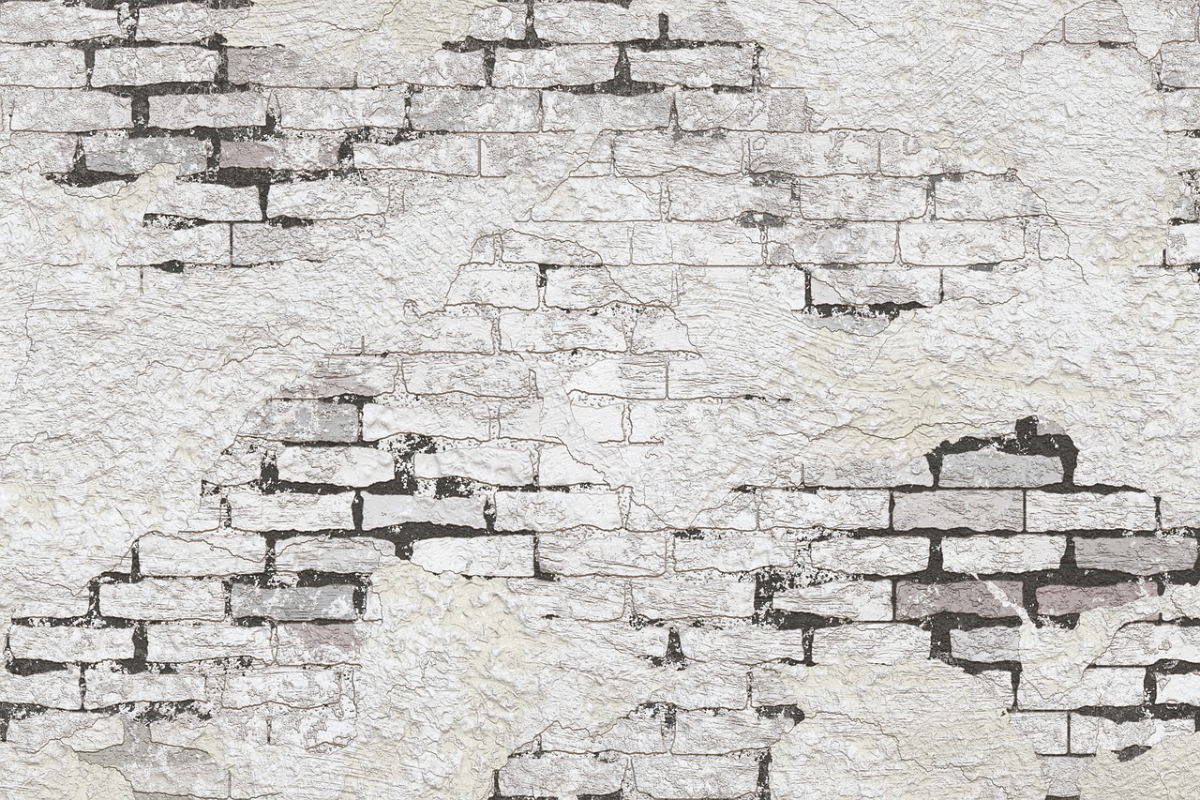Commencing a home-building project is similar to realising dreams. Not only are walls important, but creating a space for stories and memories is also important. Therefore, you also need an exquisitely built structure in addition to a sturdy and long-lasting one.
It takes more than just skilled hands to create beautifully finished buildings with smooth ceilings and beautiful walls. To achieve perfection, one must possess a thorough understanding of plastering ratios. Plastering not only makes a building look more beautiful, but it also protects and preserves the surfaces. It is, therefore, an essential part of your home-building projects.
So, let’s explore what plastering is, its importance, the required materials and the calculation of cement and sand required for plastering.
What is Plastering & Its Importance?
Plastering is the process of applying layers of a paste consisting of cement, sand, lime, and water to give a smoother finish to the surfaces, including ceilings and external and internal walls. Plastering also protects them from the environmental elements in addition to offering them durability.
Materials Required for Plastering
The following materials are used to make a paste for plastering.
1. Cement
Cement is the primary component of plastering, which serves as a binding agent in the plaster mixture that holds all the other components together. It’s crucial to do proper calculations of cement in plaster, as the plaster gains strength and durability from cement. The most popular types of cement used in plastering are Ordinary Portland Cement (OPC), Portland Slag Cement (PSC), Portland Pozzolana Cement (PPC), and White Cement.
2. Sand
Sand is another essential component of plastering, which gives the plaster mixture bulk and workability. You must be careful when choosing the cement-sand mix ratio for plastering, as sand lowers shrinkage and cracking, and the sand’s type and quality affect the plaster’s overall finishing. To achieve the best results, it’s important to select the Best Sand For Plastering from the various grades, such as coarse (type 3), medium, and fine, based on the type of surface you are plastering.
3. Water
In order to activate the cement and produce a workable paste, water is an essential component of the plaster mix. The chemical reactions in the plaster mix that cause it to set and harden are aided by water. Therefore, the plaster mix is made with potable, clean water. Plaster mix performance may be affected if brackish or estuarine water is used in conjunction with seawater. To achieve the ideal consistency and workability, it’s also crucial to carefully control the amount of water used to make a paste.
4. Lime
Lime improves the plaster’s durability and ease of use of the mix. It lowers the possibility of cracking and strengthens the bond between the plaster and the surface.
How Much Cement and Sand are Required for Plastering?

Plastering Ratio
To calculate the cement and sand requirement for plastering, you must know the area of the wall or ceiling that needs to be plastered, as well as the thickness of the plaster layer. Additionally, you must choose the cement-to-sand ratio for plastering that you wish to employ.
Plaster of mix ratio for the wall is 1:6, meaning that you need 6 parts of sand for every 1 part of cement. The typical plastering ratio for the ceiling is 1:4. The plaster has a thickness of approximately 12 to 15 mm.
So, To understand
Plastering ratio Calculation in Square Meters: A Practical Example
let’s assume you have a 100 square meter ceiling area that needs to be plastered with a 12 mm thickness. It is assumed that the ratio of cement to sand is 1:4.
Now you know;
- Surface Area = 100 sqm
- The thickness of plaster = 12 mm, so if you convert it in meters, then 12/1000 = 0.012 m
- The ratio of cement to sand = 1:4, so the total ratio is 1+4 = 5
Total Wet Volume of Plaster = Thickness of Plaster x Surface Area
= 0.012 x 100
= 1.2 m3
Now, to find the dry volume of plaster, you must multiply the total wet volume by a factor of 1.35 because the addition of water during the mixing process will cause the plaster mixture to lose volume. i.e., the actual amount of material required to cast 1.2 m3 of plaster that is wet.
Dry volume = wet volume x 1.35
= 1.2 x 1.35
= 1.62 m2
Calculation of the Required Quantity of Cement
You must apply the following formula to determine the required volume of cement:
Volume of Cement = Dry Volume x (Ratio of Cement / Total Ratio)
= 1.62 x (1 / 5)
= 0.324 m3
Lastly, divide the volume of cement by the volume of a cement bag to determine the quantity of cement bags required. Typically, cement bags weigh 50 kg and have a volume of 0.035 m³.
Hence,
The Number of Cement Bags = Volume of Cement/Volume of 1 Bag
= 0.324/0.035
= 9.25 Bags
Thus, you would require 9.25 bags of cement, rounding up to 10 bags.
Calculation of the Required Quantity of Sand
Use the following formula to get the required volume of sand:
Volume of Sand = Dry Volume x (Ratio of Sand / Total Ratio)
= 1.62 x (4/ 5)
= 1.296 m3
Hence, you would require 1.296 m3 sand for plastering.
How much sand and cement is required for 100 sq. foot plaster?
To make it easier to understand, let’s break down the calculation for how much cement and sand you’ll need for 100 square feet of plaster.
Step 1: Assumptions
Plaster Thickness: 12 mm (standard for interior plaster)
Mix Ratio: 1:4 (cement: sand)
Area: 100 square feet
Step 2: Calculate the Volume of the Plaster
The volume of plaster = Area × Thickness
Volume = 100 sq. ft. × 0.04 ft. (12 mm converted to feet) = 4 cubic feet.
Step 3: Calculate the Quantity of Cement and Sand
For a 1:4 mix, the total mix ratio is 1 (cement) + 4 (sand) = 5 parts.
Cement required = (1/5) × 4 cubic feet = 0.8 cubic feet
Sand required = (4/5) × 4 cubic feet = 3.2 cubic feet
Step 4: Convert to Bags of Cement
1 bag of cement = 1.25 cubic feet (approximately)
Cement required = 0.8 cubic feet / 1.25 = 0.64 ~ 1 Bag of cement (Approx)
For 100 square feet of plaster with a 1:4 ratio and 12 mm thickness:
Cement: ~ 1 bag (50 kg) (Approx)
Sand: ~ 3.2 cubic feet
What is the Plastering ratio for Single-Coat Plaster?
The plastering ratio for single-coat plaster depends on the type of surface. For most interior walls, a common mix is 1:4 (cement: sand). You can also use a 1:3 mix for a smoother finish.
- 1:4 mix is used for normal interior walls, giving a good balance between strength and smoothness.
- 1:3 mix is used when you want a smoother surface or need extra strength.
For outside walls or areas that get wet, a mix like 1:5 or 1:6 is better. This makes the plaster stronger and more water-resistant. Always use clean sand for a better finish.
Conclusion
In summary, consider plastering as a crucial component that will give your dream home strength, durability, and aesthetic appeal. Therefore, adhering to the detailed process for figuring out plastering quantity guarantees efficiency and minimises waste while aiming for quality work. However, ensure that the units of measurement you use are consistent, such as square meters for area and meters for length. Remember that this calculation is only for your reference to get an idea about the cement and sand calculation; local building laws and customs may vary. Therefore, it is advisable to consult a technical expert or a reputable construction company like Brick&Bolt if you are looking for accurate calculations based on your specific project requirements.
FAQs
Plastering provides a smooth, even finish to walls and ceilings, improving the look of a building while protecting surfaces from moisture, wear, and environmental damage. It also strengthens walls and prevents cracks, giving them durability over time, making it essential for both aesthetics and long-term maintenance. elements.
For walls, the standard plastering ratio is 1 part cement to 6 parts sand (1:6), offering durability and strength. For ceilings, a 1:4 ratio is ideal, as it provides a smoother finish. These ratios ensure the plaster adheres well and maintains its quality over time.
To calculate, multiply the area by plaster thickness to get the volume. For a 1:4 mix ratio, divide the volume by 5. One-fifth is cement, and four-fifths is sand. For example, for 100 square feet at 12 mm thickness, you’d need around 1 bag of cement and 3.2 cubic feet of sand.
The most commonly used cements for plastering are Ordinary Portland Cement (OPC), Portland Pozzolana Cement (PPC), and Portland Slag Cement (PSC). OPC is strong and fast-setting, PPC is eco-friendly and better for humid areas, while PSC is ideal for moisture-prone environments, like coastal regions.

